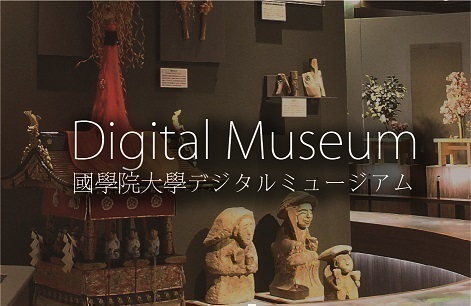- トップ
- Encyclopedia of Shinto
- Hatano Takao
Encyclopedia of Shinto
| Main Menu: | |
| Links: |
詳細表示 (Complete Article)
| カテゴリー1: | 8. Schools, Groups, and Personalities |
|---|---|
| カテゴリー2: | Personalities |
| Title | Hatano Takao |
| Text | (1798-1882) Member of the Shinto priesthood (shinshoku) and scholar of National Learning (kokugaku) of the late Edo and early Meiji periods, Hatano used the epistolary names Sakaki, Eijuen and Hitachi, among others. Born 1798 in the village of Nishigata in Hoi District, Mikawa Province (now Mito, Aichi Prefecture) as the fourth son of wealthy farmer Yamamoto Heisaburō Shigeyoshi, Takao was raised in a family that valued haikai (haiku) verse and intellectual pursuits. In 1818, when he was twenty-one years of age, he became the adopted son of Hatano Takamichi, priest (shinkan) at the shrines Hada Shinmeisha and Hachimangū in the town of Hada in Atsumi District (present-day Toyohashi City). Hatano received a license as priest (shikan), allowing him to perform rituals of the Yoshida Shintō tradition, and he received other instruction in Shinto from Suzuki Shigeno (1766-1833). In 1825, upon the recommendation of his elder brother by birth, he became a disciple of Motoori Ōhira. Two years later, however, he followed the recommendation of his teacher Shigeno and entered into studies under Motoori's rival Hirata Atsutane. He became close friends with Hirata Kanetane, and played a coordinating role in founding the Mikawa Hirata school, lent his support to the publishing activities of the Hirata Academy, and introduced new students to the school. In 1848 Hatano joined with a number of fellow Hirata disciples including Kusakado Nobutaka and Takeo Masatane in soliciting contributions from members of the Shinto priesthood and Hirata sympathizers in the region to found the Hada Hachimangū Library, a pioneering institution renowned as one of the first public libraries in Japan. Approximately ten thousand volumes of the original collection are now stored at the Toyohashi and Nishio City Libraries. Included in these collections are numerous transcriptions of lectures and records of kokugaku scholars and imperial loyalists of different regions who passed through Toyohashi City (then known as the Yoshida-juku Station of the Tōkaidō) and received support from Hatano. The collection also contains writings by Hatano himself on the poetry of the Mikawa region, and historical research on Shinto funeral practices accompanying the movement for rejection of Buddhist parish membership by Shinto priests. The Mikawa Shinto priesthood was reorganized as the Miitsu-tai (Miitsu Cadres) in 1868, the first year of the Meiji Restoration. Thereafter Takao was successively appointed to the posts of Commissioner of Imperial Studies in the twelfth month of 1868, Professor at the Mikawa Prefectural Seminary in 1869, and Professor of Imperial Studies for Toyohashi Domain in 1870. He also participated in the government's Great Promulgation Campaign (see taikyō senpu) by joining the Office of Preceptors (kyōdōshoku) with the rank of Senior Lecturer (daikōgi) in 1873, and Provisional Junior Prefect of Instruction (gon shōkyōsei) in 1881. Hatano died in June 1882 at the age of eighty-five. He was the author of Mikawa no kuni koseikikō (Treatise on Ancient Remains in Mikawa Province), Shokue shikō (A Personal Account of Taboo Impurity), Mikawa no kuni kansha shikō (A Personal Account of Imperial Shrines of Mikawa Province), Mikawa yōsan shikō (Treatise on Silk Production in Mikawa Province), Kainō ikkagen (On Agricultural Cultivation by Families), and Kikin kokoroegusa (An Account of Experience with Famine), among other works. - Mori Mizue |




